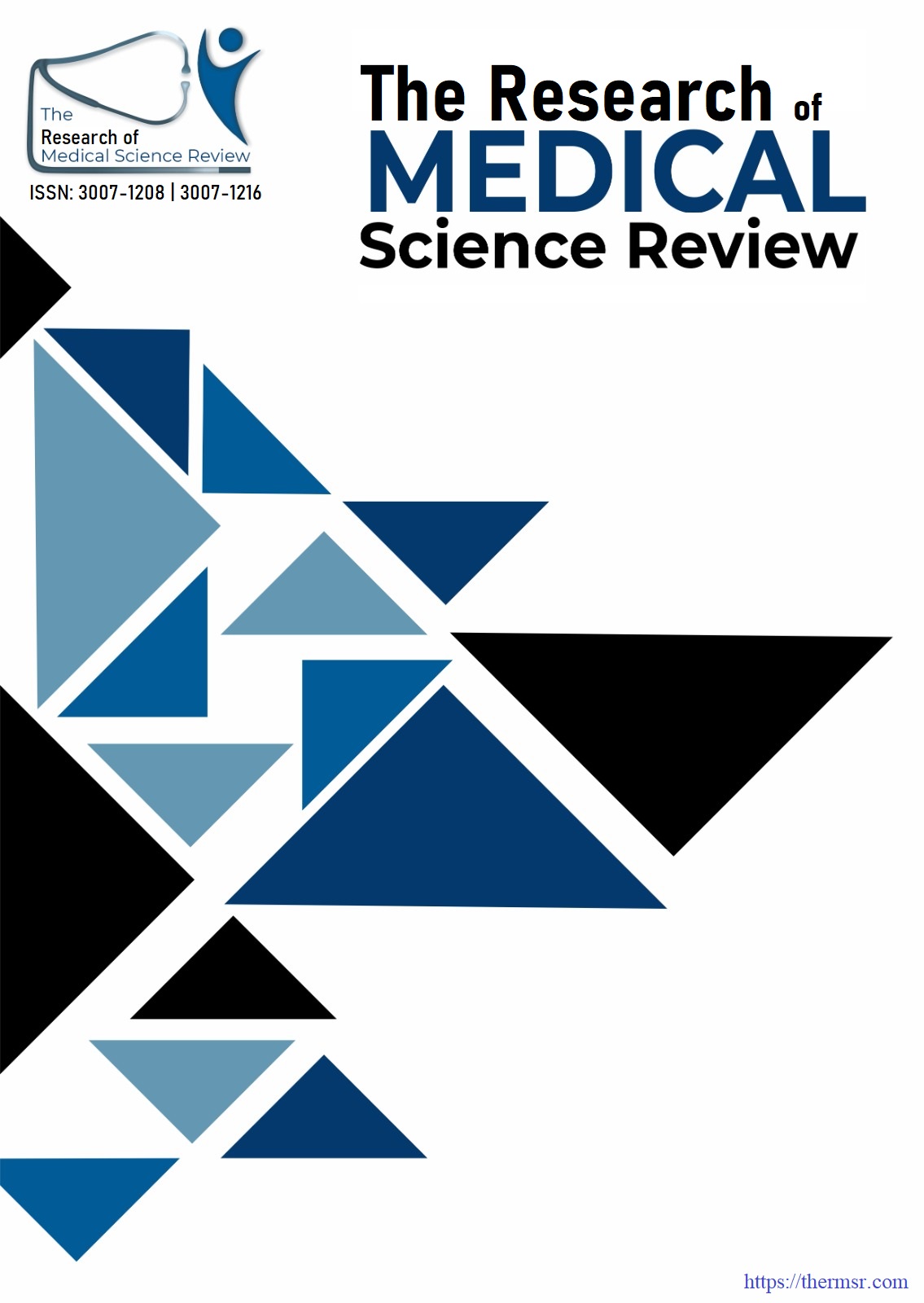DIAGNOSTIC ACCURACY OF ULTRASONOGRAPHY AND FIBROSCAN CONTROLLED ATTENUATION PARAMETER IN DIAGNOSING NON ALCOHOLIC FATTY LIVER DISEASE, KEEPING NON-CONTRAST COMPUTED TOMOGRAPHY AS REFERENCE STANDARD
Keywords:
Non-alcoholic fatty liver disease (NAFLD), Ultrasonography, FibroScan, Controlled Attenuation Parameter (CAP), Hepatic steatosisAbstract
OBJECTIVE: To determine the diagnostic accuracy of hepatic ultrasonography and Fibroscan Controlled Attenuation Parameter in detecting the presence or absence of hepatic steatosis by taking Non-Contrast Computed Tomography of Abdomen as reference standard. MATERIAL AND METHODS: Study Setting was Radiology Department, Pakistan Kidney and Liver Institute and Research Centre (PKLI&RC). Study Design was Cross Sectional Study with study duration of 6 months. Sample Size (n) of 165 patients has been calculated with 95% confidence level taking prevalence of NAFLD 68.3% (4). Non-Probability consecutive sampling technique was used. Inclusion criteria included patients of both genders, having age between 15-60 years, BMI between 17.5 to 30kg/m2, including patients referred to the radiology department for suspected diagnosis of fatty liver. Data analysis was done using SPSS 20.0. The Chi-square test was applied with p-value S≤ 0.05 considered as significant. RESULTS: The study included 165 individuals, with a slightly higher male representation (55.2%). The majority of participants were within the 31–60year age group, indicating a population vulnerable to metabolic liver disorders. FibroScan Controlled Attenuation Parameter (CAP) demonstrated slightly superior diagnostic performance, with a sensitivity of 90.8%and specificity of 91.0%. Its PPV (93.7%) and NPV (87.1%) were both high, indicating a reliable tool for non-invasive detection of hepatic steatosis. CAP’s performance suggests it may be particularly useful in borderline or early-stage cases that might be missed by ultrasonography. CONCLUSION: Both ultrasonography and FibroScan CAP showed strong diagnostic capabilities in detecting NAFLD when compared to non-contrast CT. While USG remains accessible and cost-effective, CAP offers slightly better sensitivity and NPV, making it a valuable alternative in clinical settings requiring greater diagnostic precision.
Downloads
Downloads
Published
Issue
Section
License

This work is licensed under a Creative Commons Attribution-NonCommercial-NoDerivatives 4.0 International License.















